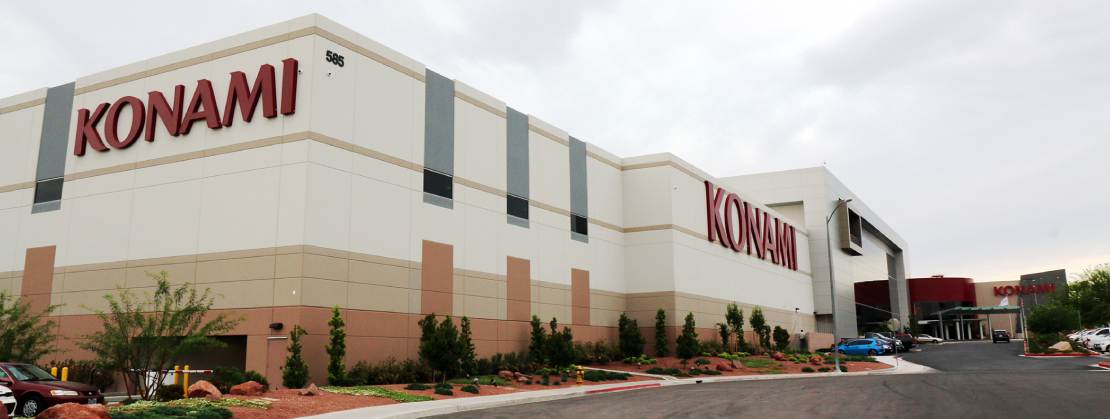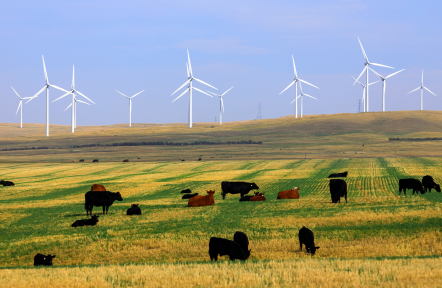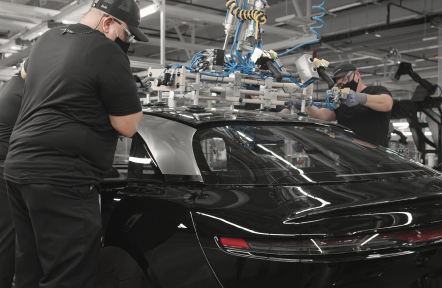Making up almost 75% of all matter, hydrogen is the most common chemical substance in the universe. The U.S. state of Colorado is at the forefront of research and development to harness the infinite power of hydrogen and turn it into mankind’s fuel of choice for zero-carbon cars that will emit only water droplets.

How can a car use hydrogen for fuel? The term hydrogen-fueled is a misnomer because these vehicles will be powered by an electric motor. So, the more proper term is FECV, short for Fuel Cell Electric Vehicle. In simple terms, power from the car’s battery will come from the reaction created when hydrogen is mixed with dioxygen.
With the continued rise of electric vehicles or EVs, FECVs should not be viewed as competitors.
“If you look at the design of the vehicle, it absolutely speaks to that complementary approach. You are still going to have a battery, but it's going to be five to 10% of the mass of a pure battery electric vehicle that would otherwise be in that powertrain. We have always looked at this as a complementary solution. It is competitive only at the margins,” said Seth Terry, CEO of New Day Hydrogen, a Colorado based company and member of the Colorado Hydrogen Network, a non-profit organization that is actively advocating for the shift to hydrogen fuel.
Even Le Mans, the famed 24 hours endurance race, is embracing hydrogen power. ACO and GreenGT, the racing teams behind Mission H24 which is pushing for zero-carbon neutrality in auto racing, realized this milestone when the H24 prototype became the first hydrogen powered racer to run at the legendary circuit in northwestern France.












